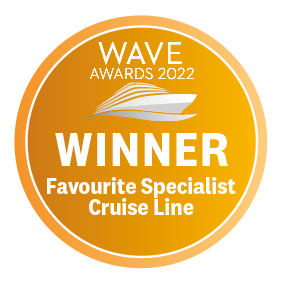Expedition to Iceland - Hamburg to Reykjavik via Scotland's Northern Isles

Iceland Cruise | Expedition to Iceland - Hamburg to Reykjavík via Scotland's Northern Isles
Leaving from:
Hamburg
Cruise ship:
MS Fridtjof Nansen
Visiting:
Hamburg •
Lysefjord •
Lerwick, Shetland Islands •
Thorshavn •
From
Price shown provided by:
HX Hurtigruten Expeditions
Hurtigruten Expeditions offers more than 125 years of cruising experience, providing small-ship exploration of more than 250 destinations across 30-plus countries.
On Hurtigruten Expeditions cruise adventures, you will be accompanied by a highly skilled crew and expedition team on one of nine intimately-scaled expedition ships, taking you on breathtaking nature-based experiences in remote corners of the world.
530
Passengers
2020
Launched
20889t
Tonnage
140m
Length
23.6m
Width
15kts
Speed
9
Decks
NOK
Currency
Cruise Itinerary
Day 1
Hamburg, Germany
Embark.
Day 3
Lysefjord, Norway
Day 4
Lerwick, Shetland Islands, Scotland
Day 5
Thorshavn, Faroe Islands
Day 6
Seydisfjørdur, Iceland
Day 7
Grímsey Island, Iceland
Day 8
Akureyri, Iceland
Day 10
Patreksfjørdur, Iceland
Day 11
Stykkishólmur, Iceland
Day 12
Heimaey Island, Iceland
Day 13
Reykjavík, Iceland
Disembark.
Ship Details

HX Hurtigruten Expeditions
MS Fridtjof Nansen
MS Fridtjof Nansen is the latest addition to Hurtigruten’s fleet of custom built ships – and the next generation expedition ship. She will explore some of the most spectacular corners of the globe.

Cabins
All Prices


